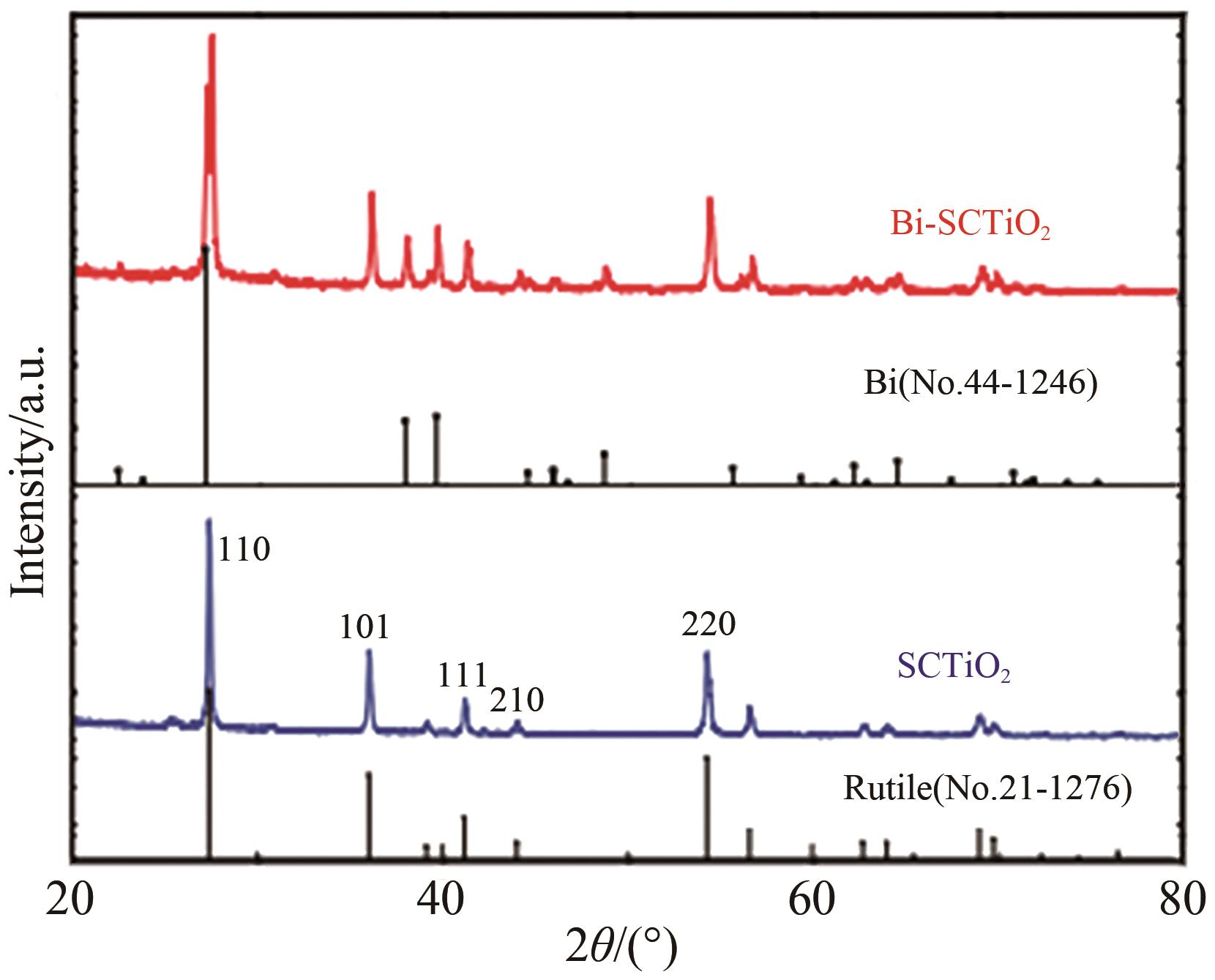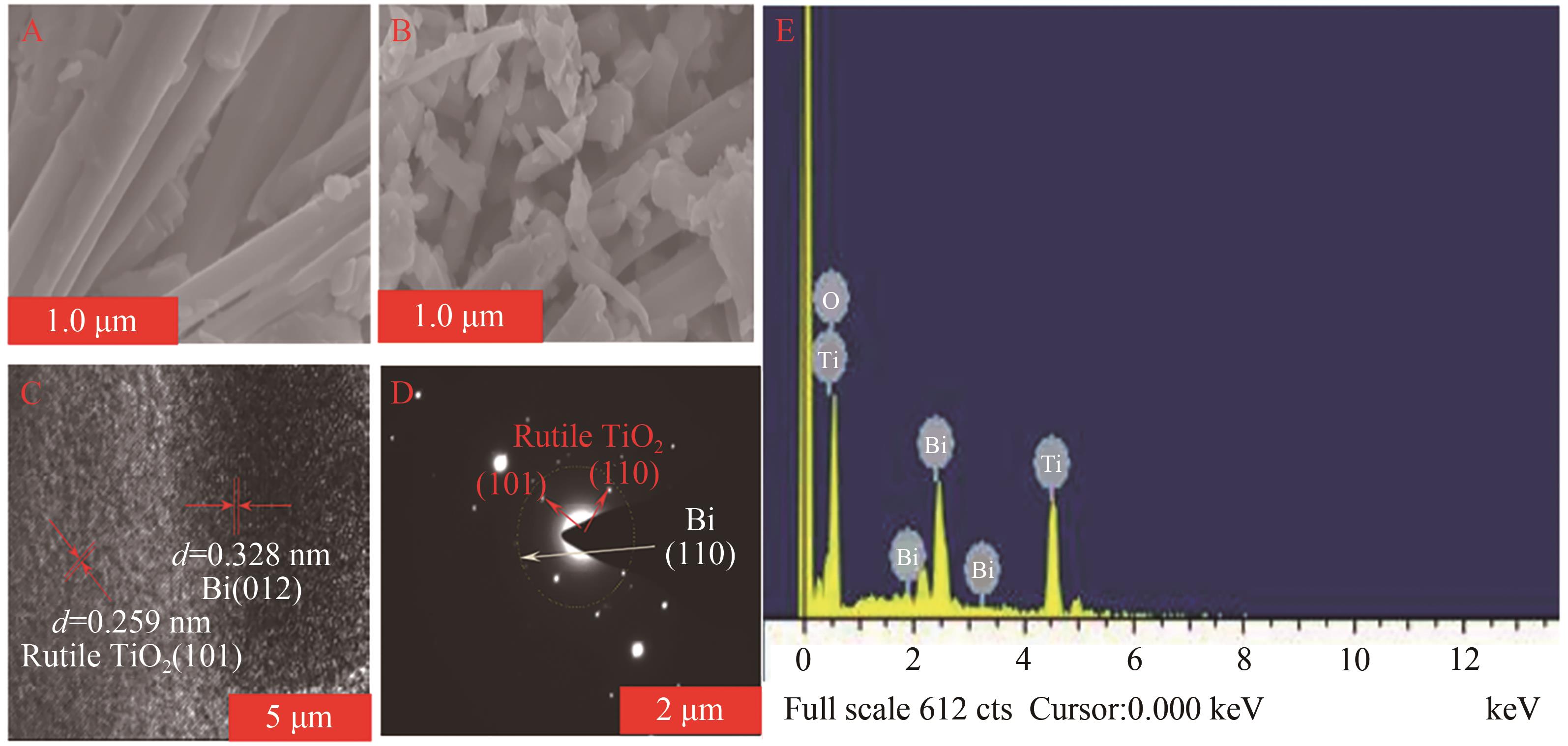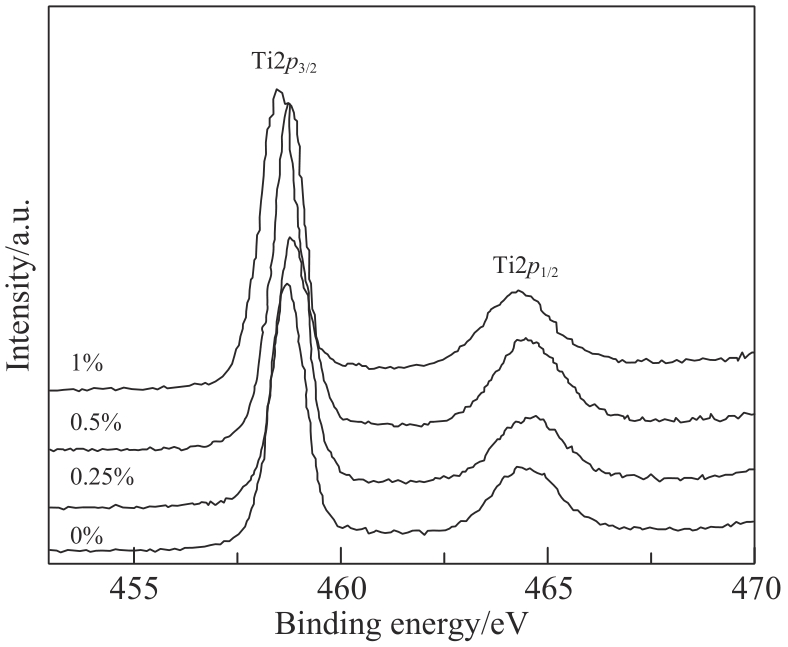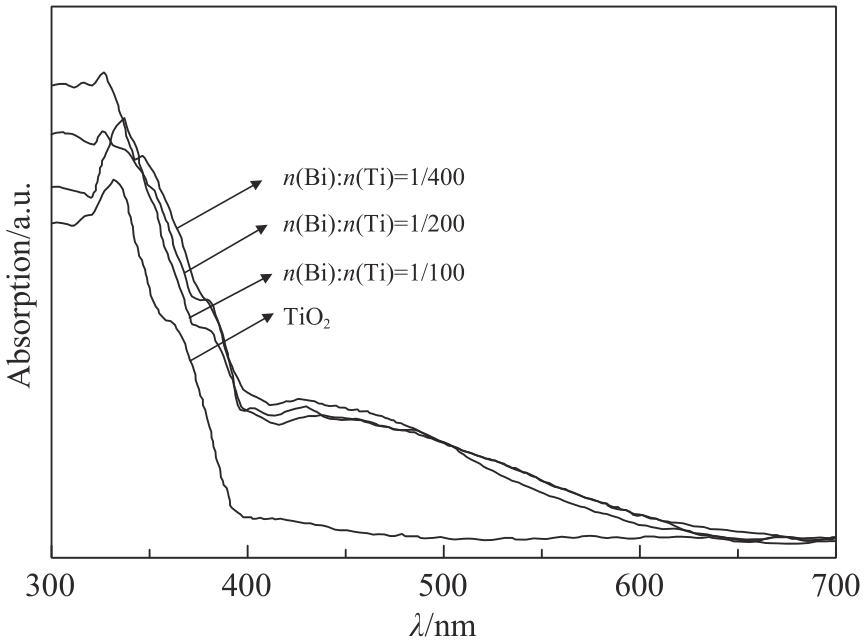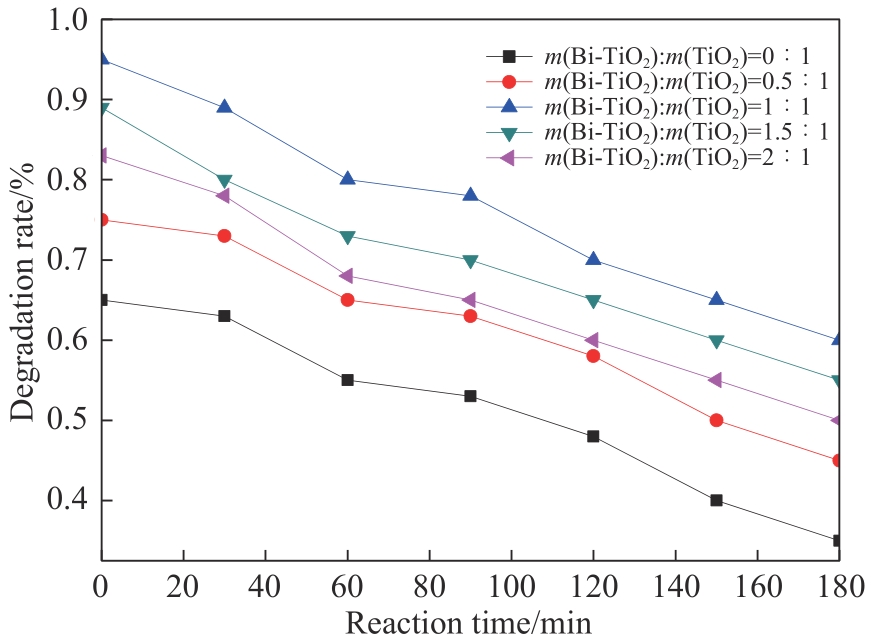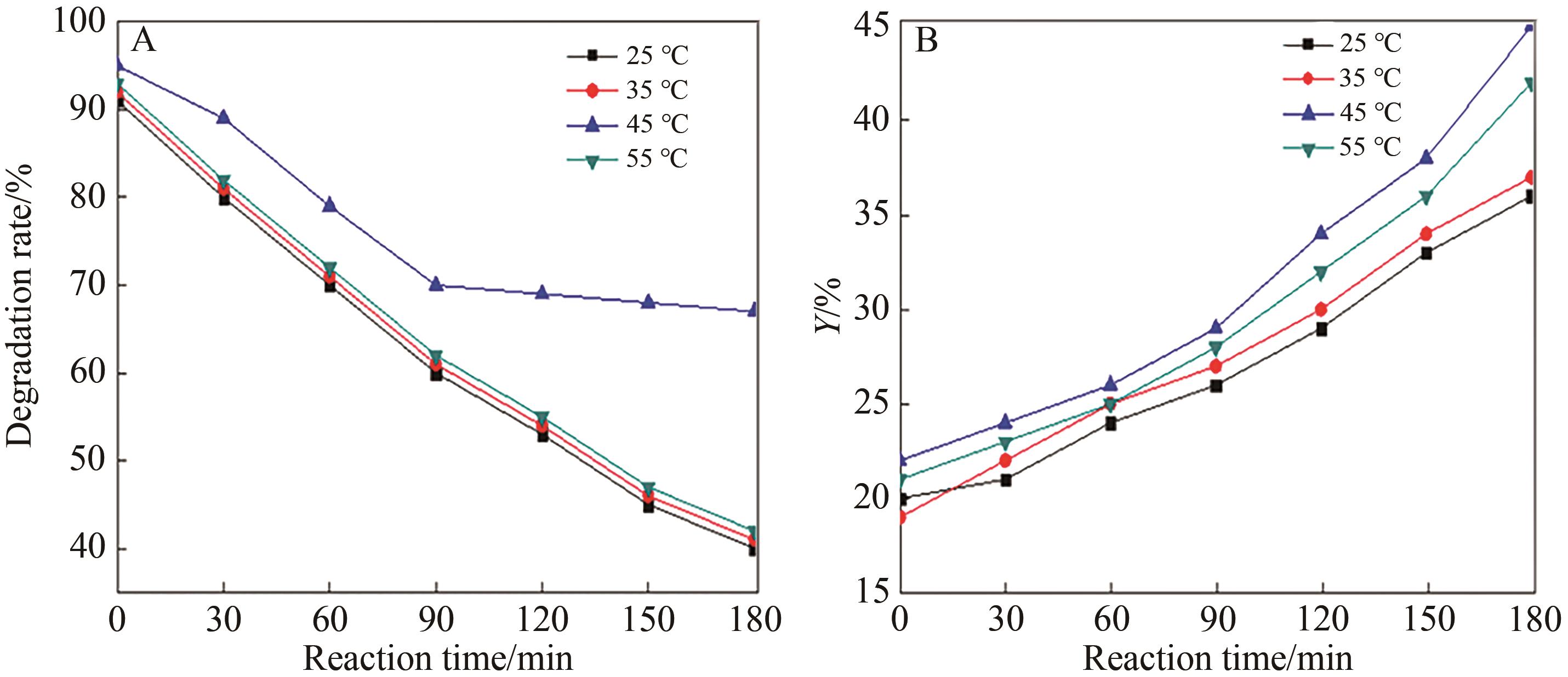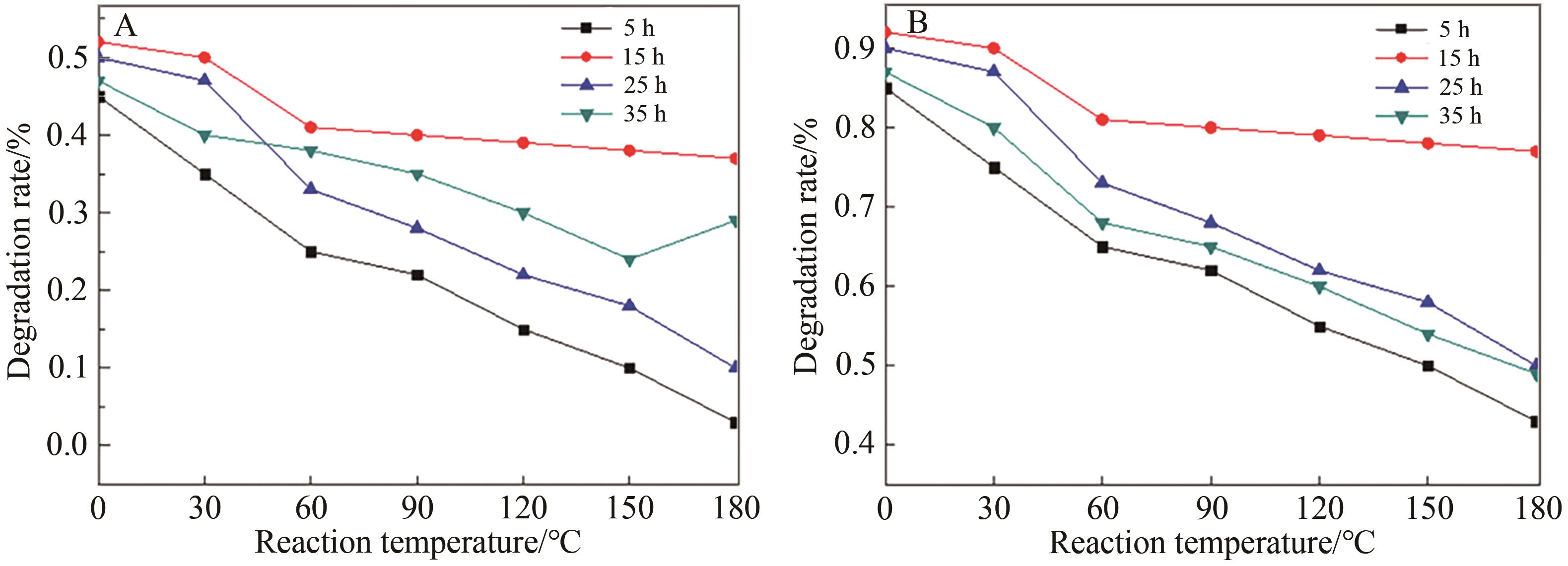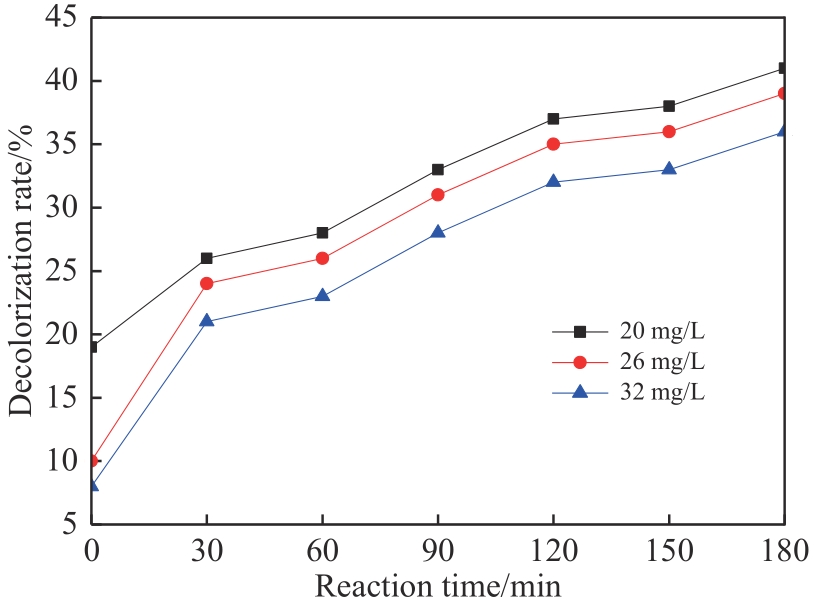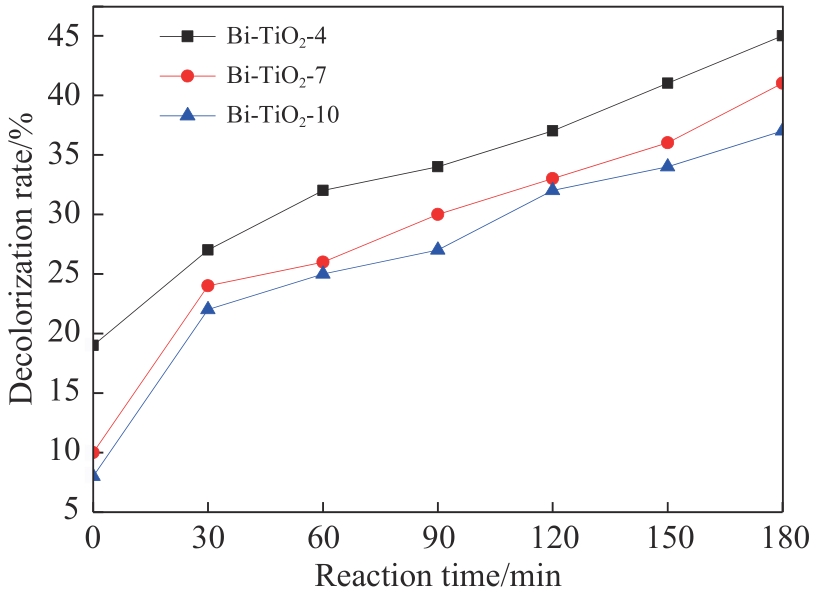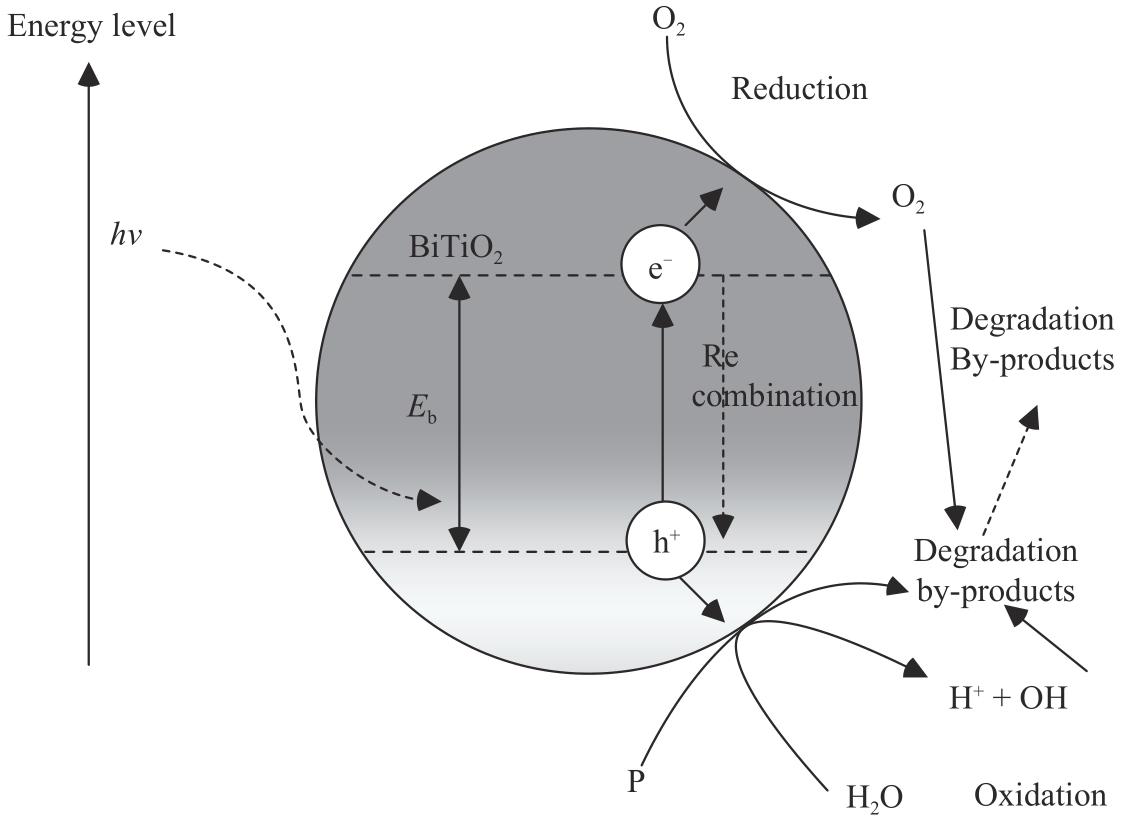| 1 |
王磊, 康凯, 韩浩, 等. BiOCl/TiO2复合材料的制备与光催化性能[J]. 水处理技术, 2022, 48(2): 76-79, 92.
|
|
WANG L, KANG K, HAN H, et al. Preparation and photocatalysis of BiOCl/TiO2 composites[J]. Technol Water Treat, 2022, 48(2): 76-79, 92.
|
| 2 |
邵淑文. Bi2MoO6/FACs复合光催化剂的制备及其可见光催化性能的研究[J]. 应用化工, 2021, 50(5): 1302-1305,1310.
|
|
SHAO S W. Preparation of Bi2MoO6/FACs composite photocatalyst and research on its visible light photocatalytic performance[J]. Appl Chem Ind, 2021, 50(5): 1302-1305, 1310.
|
| 3 |
魏永春. Ag/TiO2纳米粒子的制备及其光催化降解苯酚的性能研究[J]. 功能材料, 2021, 52(3): 3135-3139.
|
|
WEI Y C. Preparation of Ag/TiO2 nanoparticles and study on photocatalytic degradation of phenol[J]. J Funct Mater, 2021, 52(3): 3135-3139.
|
| 4 |
MARTINA S, MARIAM B, CRISTINA N. A graphene acid-TiO2 nanohybrid as multifunctional heterogeneous photocatalyst for the synthesis of 1,3,4-oxadiazoles[J]. ACS Appl Mater Interfaces, 2022, 14(30): 34975-34984.
|
| 5 |
RANI S, GARG A, SINGH N. Highly efficient photo-degradation of cetirizine antihistamine with TiO2-SiO2 photocatalyst under ultraviolet irradiation[J]. Int J Chem Reactor Eng, 2022, 20(2): 183-195.
|
| 6 |
张艳青, 纪庆鹏, 黄悦, 等. 模板法制备介孔TiO2及其在模拟太阳光下光催化还原Cr(Ⅵ)性能的研究[J]. 化工新型材料, 2022, 50(2): 176-180, 186.
|
|
ZHANG Y Q, JI Q P, HUANG Y, et al. Preparation of mesoporous TiO2 by template method and property of Cr(Ⅵ) photocatalytic reduction under simulated sunlight[J]. New Chem Mater, 2022, 50(2): 176-180, 186.
|
| 7 |
陈加祥, 张哲娟, 聂耳, 等. I-TiO2/Sr2MgSi2O7∶Eu,Dy复合光催化剂的制备及性能研究[J]. 华东师范大学学报(自然科学版), 2022(6): 157-168.
|
|
CHEN J X, ZHANG Z J, NIE E, et al. Preparation and photocatalysis properties of I-TiO2/Sr2MgSi2O7∶Eu,Dy composite photocatalyst[J]. J East China Norm Univ(Nat Sci Ed), 2022(6): 157-168.
|
| 8 |
刘峰强, 王黎明, 徐丽慧, 等. 锐钛矿相二氧化钛纳米棒的制备及其光催化性能研究[J]. 化工新型材料, 2023, 51(7): 282-285.
|
|
LIU F Q, WANG L M, XU L H, et al. Preparation and photocatalytic properties of anatase titanium dioxide nanorods[J]. New Chem Mater, 2023, 51(7): 282-285.
|
| 9 |
凌晓定, 刘育林, 凌杨, 等. 基于密度泛函理论的氧空位碘酸氧铋增强光催化性能研究[J]. 动力工程学报, 2023, 43(4): 499-504.
|
|
LING X D, LIU Y L, LING Y, et al. Enhanced photocatalytic performance of oxygen vacancy BiOIO3 based on density functional theory[J]. J Chin Soc Power Eng, 2023, 43(4): 499-504.
|
| 10 |
汤文杰, 陈娟荣, 尹正亮, 等. 铋改性TiO2单晶光催化剂的制备及其完全去除酚类污染物[J]. 催化学报, 2021, 42(2): 347-355.
|
|
TANG W J, CHEN J R, YIN Z L, et al. Complete removal of phenolic contaminants from bismuth-modified TiO2 single-crystal photocatalysts[J]. Chin J Catal, 2021, 42(2): 347-355.
|
| 11 |
赵英男, 覃星, 赵鑫宇, 等. 多酸掺杂Bi2O3-x/Bi光催化剂用于高效可见光催化降解四溴双酚A和NO去除[J]. 催化学报, 2022, 43(3): 771-781.
|
|
ZHAO Y N, QIN X, ZHAO X Y, et al. Polyoxometalates-doped Bi2O3-x/Bi photocatalyst for highly efficient visible-light photodegradation of tetrabromobisphenol A and removal of NO[J]. Chin J Catal, 2022, 43(3): 771-781.
|
| 12 |
冯旭峰, 李梦耀, 赵林, 等. g-C3N4/TiO2/BiPO4的制备及光催化性能研究[J]. 应用化工, 2021, 50(6): 1478-1481, 1486.
|
|
FENG X F, LI M Y, ZHAO L, et al. Preparation and study on photocatalytic performance of g-C3N4/TiO2/BiPO4[J]. Appl Chem Ind, 2021, 50(6): 1478-1481, 1486.
|
| 13 |
黄夏梦. 光催化材料Bi4O7/BiOBr的制备及其光催化性能研究[J]. 无机盐工业, 2021, 53(4): 112-116.
|
|
HUANG X M. Preparation of photocatalytic materials of Bi4O7/BiOBr and study on their photocatalytic performance[J]. Inorg Chem Ind, 2021, 53(4): 112-116.
|
| 14 |
姚百新, 王亚, 臧荣斌, 等. BiOCl/In2S3复合可见光催化剂制备及性能[J]. 化学通报, 2021, 84(11): 1224-1230.
|
|
YAO B X, WANG Y, ZANG R B, et al. Preparation and visible-light photocatalytic performance of BiOCl/In2S3 Composite[J]. Chemistry, 2021, 84(11): 1224-1230.
|
| 15 |
杨权成, 张开永, 唐海香, 等. BiOCl/煤系高岭土复合材料制备及光催化性能研究[J]. 非金属矿, 2021, 44(3): 64-67.
|
|
YANG Q C, ZHANG K Y, TANG H X, et al. Study on preparation and photocatalytic performance of BiOCl/coal series kaolin composite[J]. Non-Metallic Mines, 2021, 44(3): 64-67.
|
| 16 |
王青, 何光裕, 陈海群. 钨酸铋与石墨烯纳米复合材料的制备及光催化性能[J]. 化学反应工程与工艺, 2022, 38(3): 210-217.
|
|
WANG Q, HE G Y, CHEN H Q. Preparation and photocatalytic properties of the nanocomposite material of reduce graphene oxide with flower-like hollow Bi2WO6[J]. Chem React Eng Technol, 2022, 38(3): 210-217.
|
| 17 |
张忠铭, 钟福新, 黎燕, 等. Bi-TiO2纳米管阵列的制备及其光催化性能[J]. 桂林理工大学学报,2013(4): 731-736.
|
|
ZHANG Z M, ZHONG F X, LI Y, et al. Preparation and photocatalytic properties of Bi-doped TiO2 nanotube arrays[J]. J Guilin Univ Technol,2013(4): 731-736.
|

 ), Xi HAN3, Jie ZHANG3
), Xi HAN3, Jie ZHANG3
